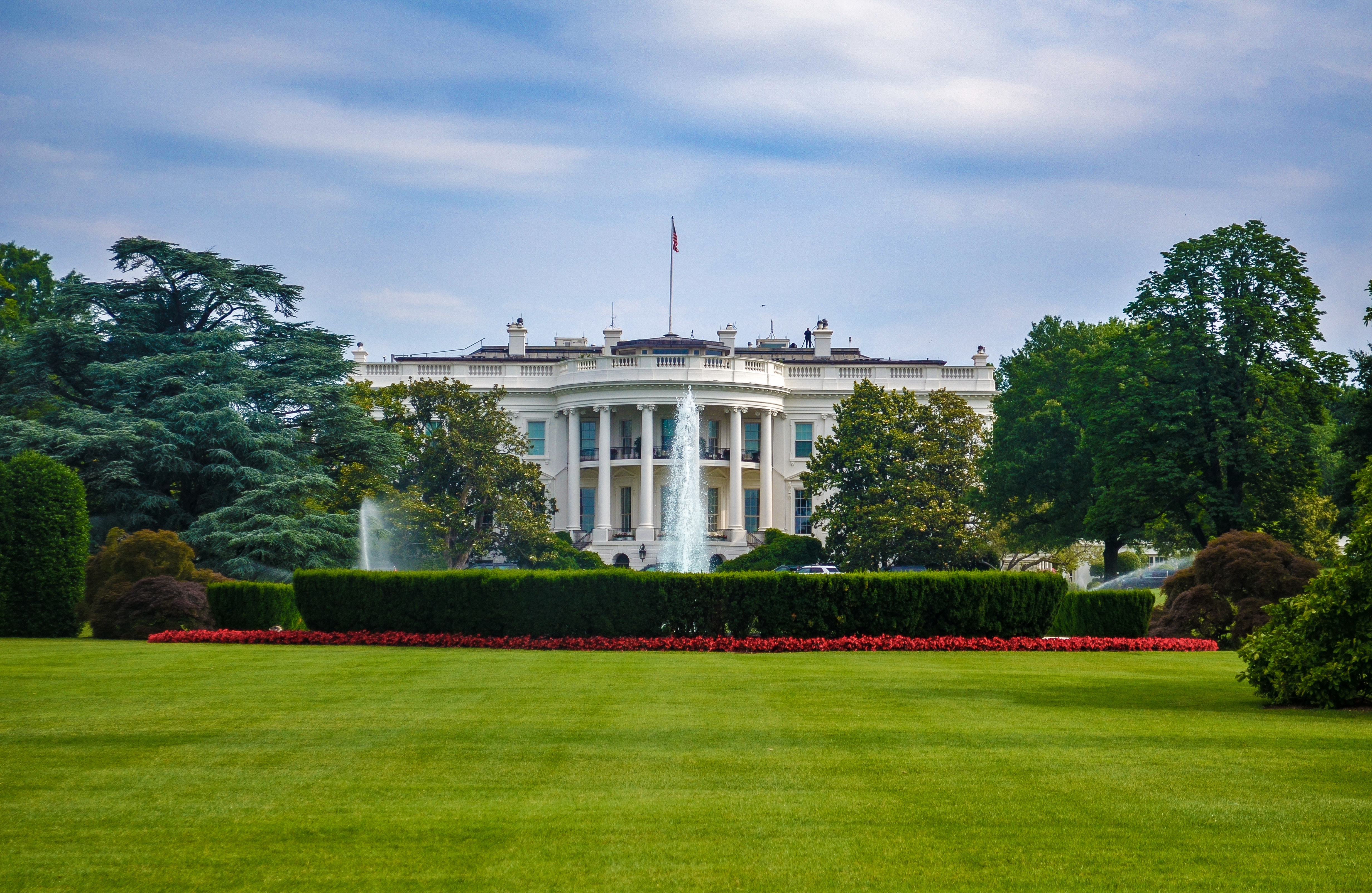When President Trump stepped to a White House lectern on Monday and rebuked the instigators of the deadly violence in Charlottesville, Va., that had erupted two days before, he was essentially doing what he’s said to do often on the golf course – taking a mulligan.
This time, he got off a pretty good shot.
But wouldn’t you know it: He shanked his next one out of bounds. So much for the brief redemption.
Trump’s first drive, as it were, had landed way over yonder in the poison ivy.
That was when, in his initial response to the Aug. 12 mayhem, the president couldn’t bring himself to lay the blame squarely where it belonged.
Amidst an outpouring of the kind of white nationalist racism common within the so-called alt-right, one counter-protester – 32-year-old paralegal Heather Heyer — had been killed and 19 more injured. To the toll were added two Virginia state troopers who died in the line of duty when their helicopter crashed near the scene.
Yet Trump criticized what he termed an “egregious display of hatred, bigotry and violence on many sides, on many sides.” In other words, he committed the cardinal error of blaming the victims as well as the perpetrators.
Heyer was mortally injured when a young Nazi sympathizer from Ohio rammed his car into a crowd. James Alex Fields Jr., 20, has been charged with multiple crimes including second-degree murder.
Anyone who would commit such an assault targeting Americans as they exercise their political rights must wear the label of domestic terrorist. Attorney General Jeff Sessions promptly made that point. But Trump couldn’t seem to find the words — a reticence that naturally called to mind his cultivation of support among the alt-right movement.
On target, for a time
Under pressure from friends and foes alike, the president returned to the White House from his August stay in New Jersey for a do-over. It was a welcome performance.
“Racism is evil,” he said. “And those who cause violence in its name are criminals and thugs, including the K.K.K., neo-Nazis, white supremacists and other hate groups that are repugnant to everything we hold dear as Americans.”
He went on to salute the principle enshrined when our nation was founded (even if we were slow to take it seriously) that all of us are created equal.
A day later, this time back at his Manhattan tower, Trump might well have said, “Enough already with acting presidential!” He reverted to the same line that had gotten him in trouble before – the line positing a moral equivalence between the far-right hate groups that had strutted in Charlottesville and those who showed up to protest, no doubt aware they were putting themselves in harm’s way.
The protesters, Trump claimed in an exchange with reporters, should be seen as belonging to what he called the alt-left – people just as violence-prone as their antagonists on the right.
There’s no denying that some elements of the extreme left are prepared to mix it up. Perhaps in some instances they’ve been spoiling for a fight. In rare instances indeed – as when a gunman in June opened fire at Republican congressmen and aides during a baseball practice – their acts have been criminal, injurious and intolerable.
Some among the Charlottesville counter-protesters traded blows with the rightists as the groups collided. It’s safe to say, however, that members of the clergy and most other peace- and justice-oriented folks who turned out to bear witness against what they understandably saw as an assemblage of hate-mongerers threw no blows.
It’s safe to say that Heather Heyer and the people with whom she was marching as they were tossed and crushed by the car that had been turned into a weapon were not fighting with anyone.
They were peacefully demonstrating to oppose the views and tactics of the alt-right, tainted as those views and tactics are by intimidation and menace. To suggest, as Trump did, that by voicing that opposition they lowered themselves to the same level as the extremists they criticized is absurd and insulting.
Alt-right venom was shockingly on display as members of the movement rallied to protest Charlottesville’s planned removal of a statue honoring Confederate Gen. Robert E. Lee, the Virginian who tragically placed loyalty to his state and the South’s slave-holding economy above loyalty to the U.S. Constitution.
These were not just a batch of old-style Ku Kluxers, as reprehensible as they were and are, or devotees of the Confederacy’s doomed and damned Lost Cause. The echoes of 1930s Germany – cauldron of civic contagion breeding the monstrosity that was National Socialism – could not be ignored.
The ranks of white-clad thugs with their Nazi flags, Hitleresque hair-cuts and anti-Semitic chants made their message plain: They want to see a United States ruled by white people – yes, Aryans — for the benefit of white people, using whatever means necessary to reach that obscenely undemocratic goal. It’s the theory of a master race, revisited. This event would have been profoundly disturbing if the only injuries had consisted of a few mosquito bites.
Mea culpa, missing
Trump’s failure to reckon fully with that reality wasn’t surprising – for when has he publicly admitted a mistake or acknowledged his pandering to some of our society’s least savory elements?
This is a man who, after all, gained his first political traction as a leader of the so-called birthers who questioned President Obama’s citizenship – a line of demagoguery that was catnip to the racists and xenophobes who became some of his key supporters.
This is a man who encouraged his partisans to rough up critics. Who adopted the same “America First” slogan favored by this country’s deluded Hitler admirers. Who spoke of taking the country back. From whom? His supporters knew perfectly well – it was from the minorities and newcomers they blamed for upsetting the old order in which native-born whites were secure in their privileges.
When Trump needed someone to pull his stalled candidacy out of the ditch, he turned to alt-right media provocateur Steve Bannon. It was Bannon who helped Trump crystallize his appeal as an anti-immigrant nationalist surfing a wave of white working-class grievances. And it was Bannon whom Trump rewarded with the job of chief White House strategist.
It’s not hard to imagine that Bannon, in helping the president frame his initial response to the Charlottesville violence, cautioned him not to offend members of the alt-right who are among his staunchest allies.
Nor is it hard to imagine other advisers telling him he would pay a far higher price if he failed to convincingly repudiate the kind of hatred that had led to such fear and misery. They had to be dismayed when at Trump Tower he seemed almost to be taking the rightists’ side by spreading the blame.
Trump in the wake of Charlottesville had a golden chance to use presidential leadership to reinforce some of our democracy’s grandest principles – principles of respect, inclusiveness, civil discourse.
His White House remarks went appropriately in that direction. But then, as if he scarcely believed what had come out of his own mouth, he was back giving aid and comfort to noxious groups for whom those principles are to be scorned. In other words, he whiffed.


